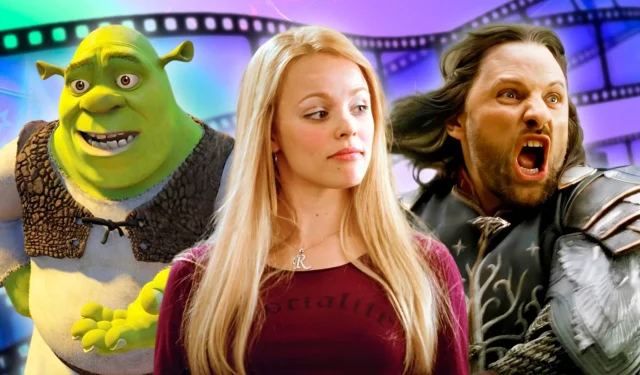While some may not view the 2000s as a pinnacle decade for cinema, it’s undeniable that this era has left an indelible mark on how films are produced, appreciated, and discussed in contemporary culture. In contrast to the vibrant movie landscape of the 1990s, which featured iconic thrillers like Silence of the Lambs and classics like The Shawshank Redemption, the 2000s set the stage for transformative changes in filmmaking that resonate even today. As we navigate the 2020s, this decade increasingly feels like a distant memory, yet it continues to shape our cinematic experiences.
While the passage of time may evoke a sense of nostalgia, it also provides valuable insights into the evolving film landscape. The 2000s initiated innovations that revolutionized movie consumption and production. Even films that may have faded from public memory have contributed to shaping the cinematic trajectory of the 21st century, influencing everything from animation techniques to the emergence of genre films and the plethora of memes we encounter online.
The Memeability of the 2000s
Movies in the 2000s Went Viral Before “Going Viral”Was a Thing
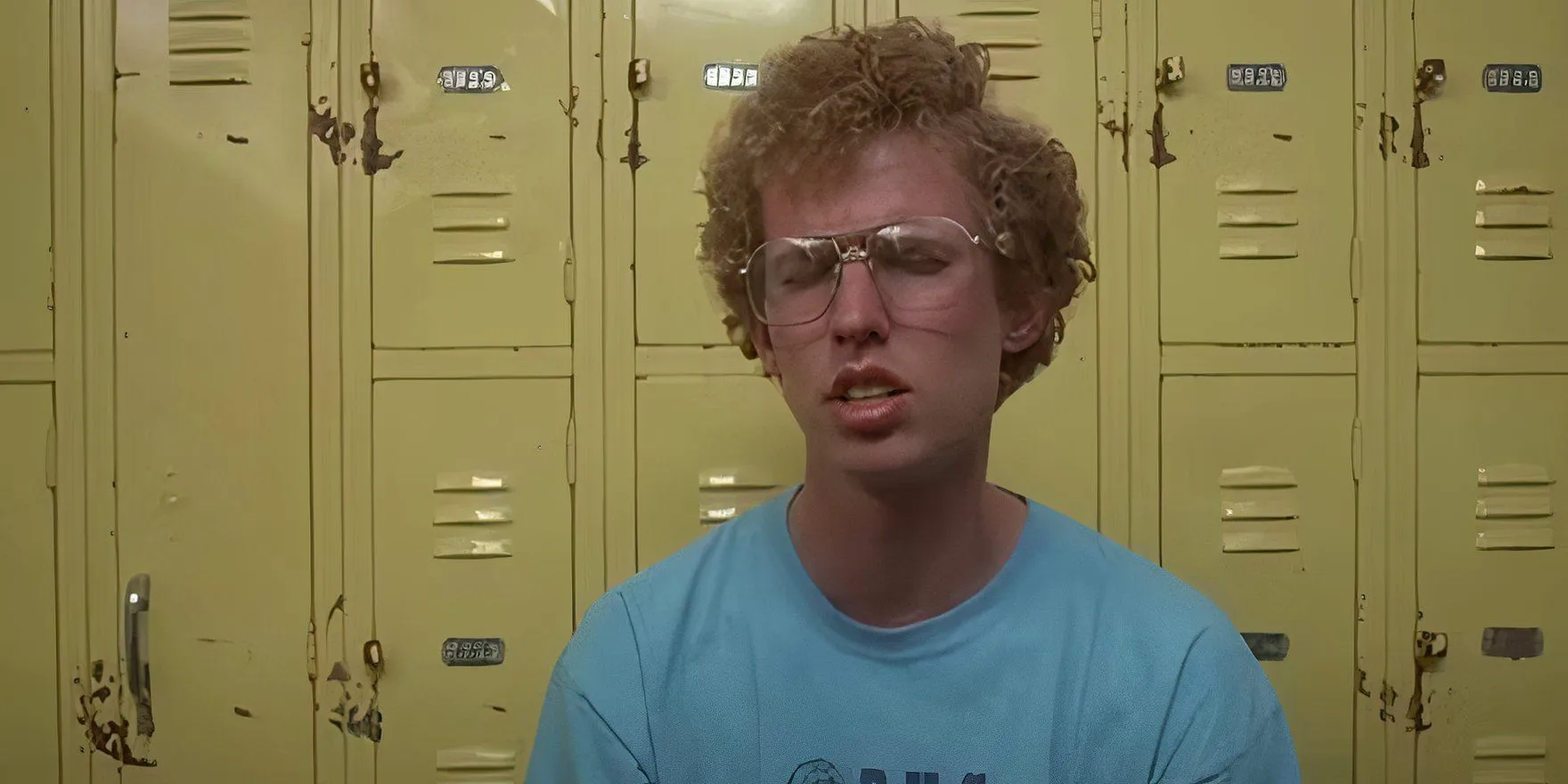
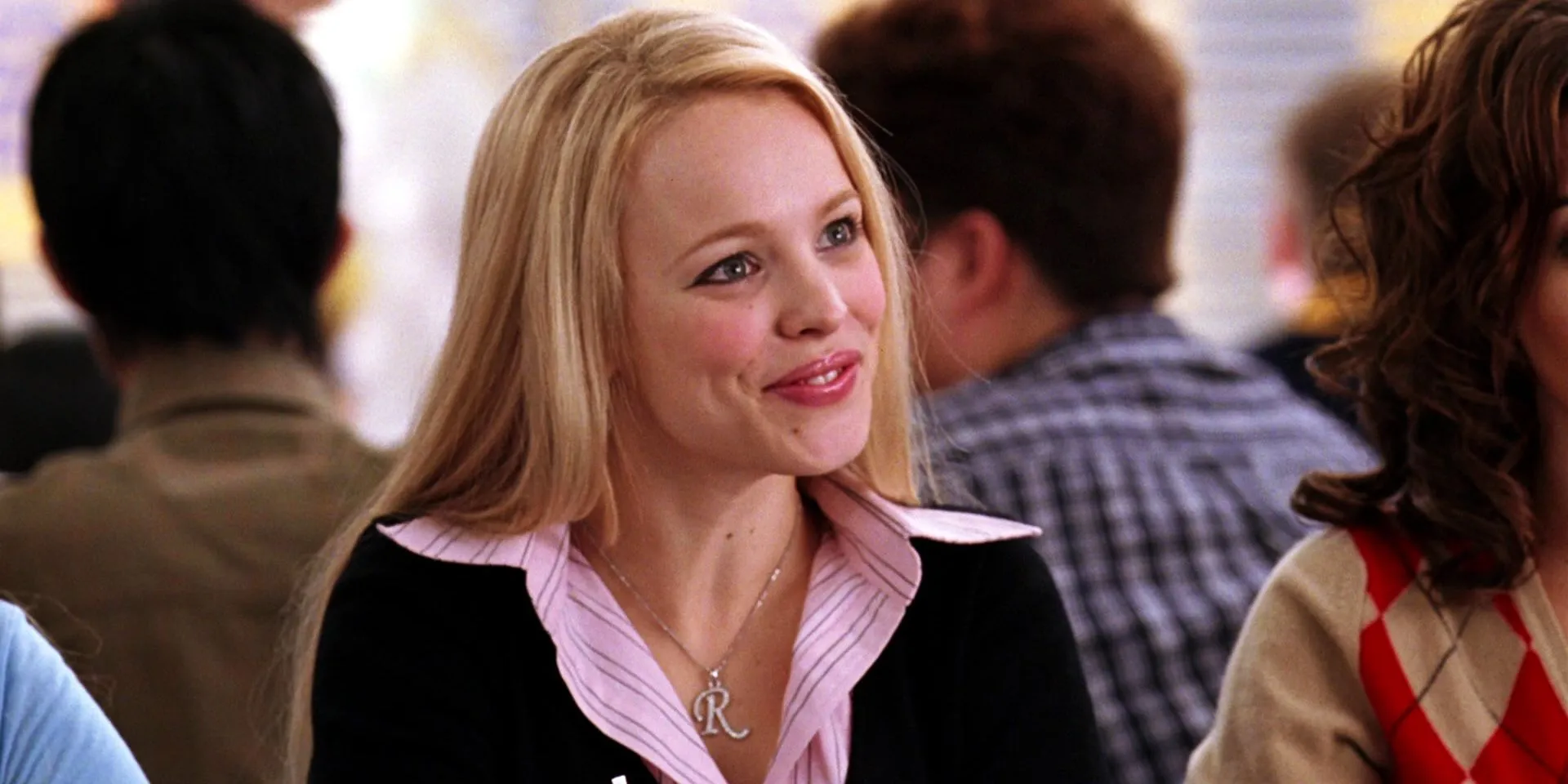
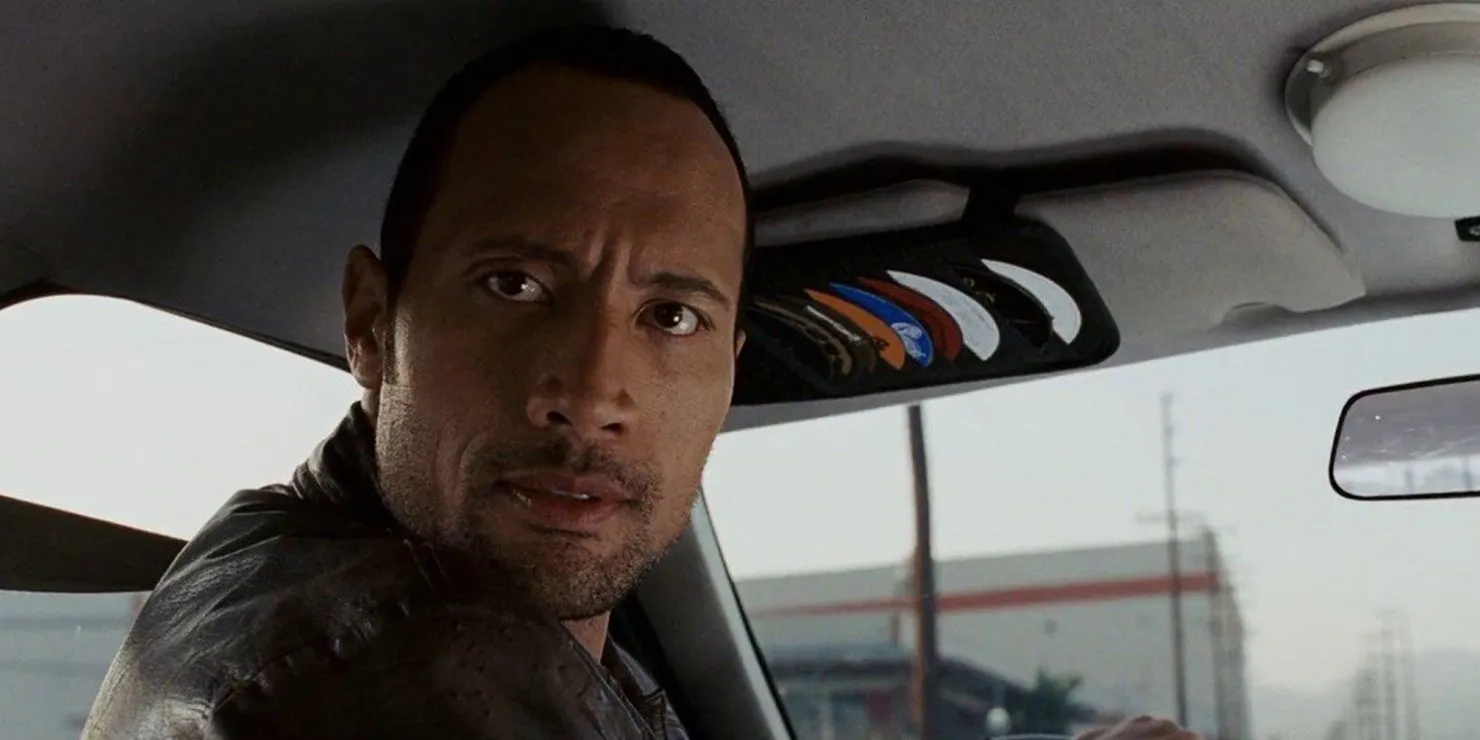
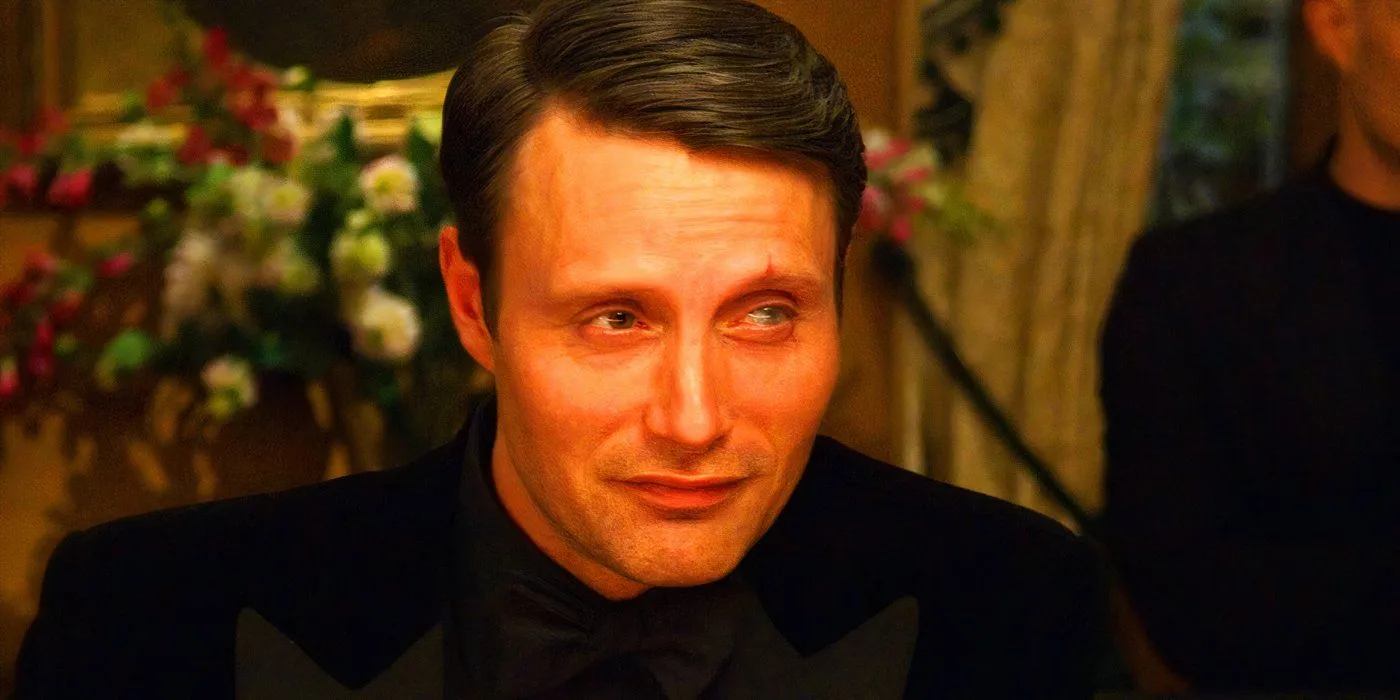

Catchphrases like “Stop trying to make fetch happen!”and “That escalated quickly!”are just a few examples of how 2000s movies have permeated internet culture, thanks to their memeability. Films such as Mean Girls, Anchorman, Casino Royale, and Napoleon Dynamite cultivated dedicated fanbases that extended beyond conventional viewing, leading to creations of entire online communities dedicated to these cinematic snippets. Even films like Race to Witch Mountain may have faded but continue to thrive through the memes they inspired.
Interestingly, while “going viral” was not a common term in the 2000s, many blockbuster hits from this era—like The Departed, Hot Fuzz, and The Dark Knight—exemplify how these films laid the groundwork for future viral phenomena. At a time when DVDs and early Blu-rays were the norm, audiences repeatedly consumed these films, fostering familiarity and spawning the plethora of memes we see today.
The Superhero Era Began in the 2000s
Iron Man Introduced the MCU and Changed Everything
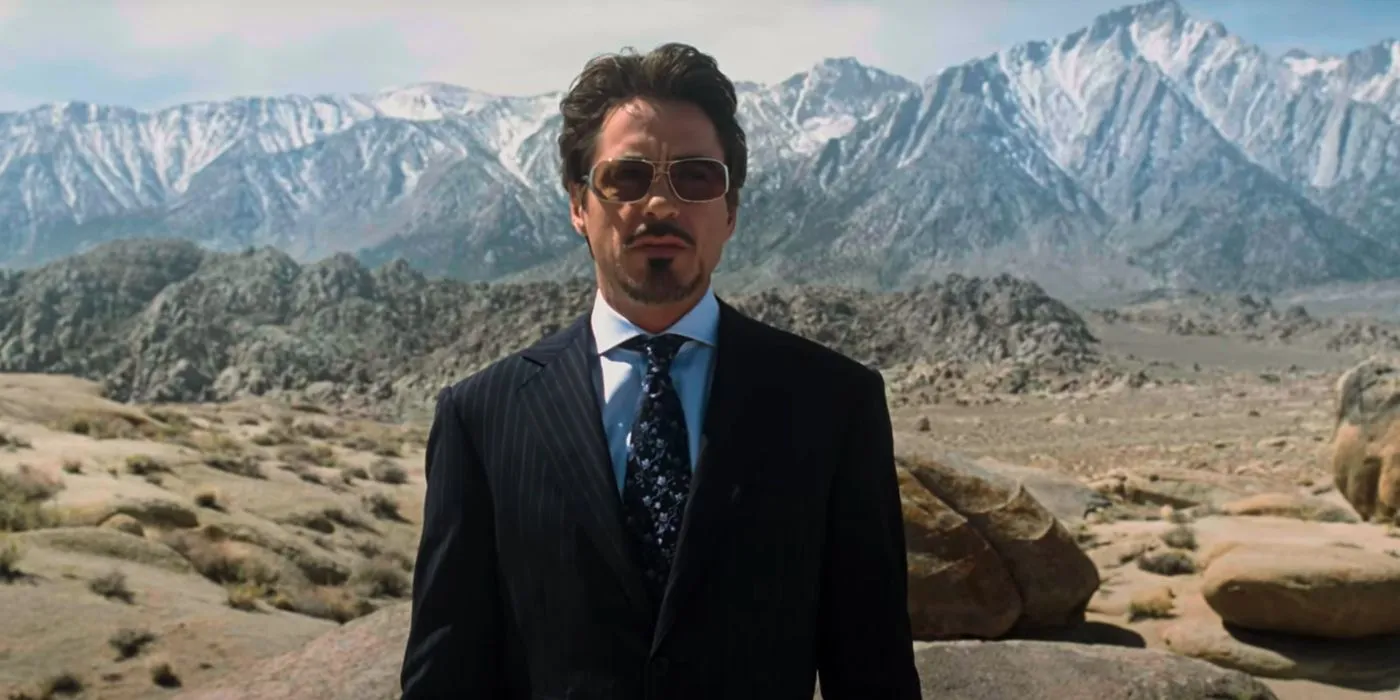
The superhero genre emerged triumphantly in the 2000s, establishing a foundation for the cinematic landscape that defines Hollywood today. The decade not only showcased some of the best superhero films but also validated their potential to captivate both audiences and critics alike. Consider iconic titles like Spider-Man, The Dark Knight, and Iron Man—these films transcended the superhero genre to become benchmarks of exceptional filmmaking.
|
Notable Superhero Movies of the 2000s |
|
|---|---|
|
Title |
Box Office |
|
Spider-Man (2002) |
$821,708,551 |
|
Spider-Man 2 (2004) |
$788,976,453 |
|
The Incredibles (2004) |
$631,607,053 |
|
Spider-Man 3 (2007) |
$890,871,626 |
|
The Dark Knight (2008) |
$1,006,222,205 |
The success of these films demonstrated that superhero stories could resonate with audiences regardless of prior comic knowledge. They transformed perceptions of what superhero films could achieve—rich narratives, compelling characters, and stunning visual experiences became the norm. Notably, The Dark Knight‘s unprecedented box office success—over $1 billion, as reported by BoxOfficeMojo—prompted the Academy Awards to expand its Best Picture nominee list, thus illustrating the genre’s relevance.
Fantasy Began to Be Taken Seriously as a Genre
The Lord of the Rings Opened the Door for Fantasy
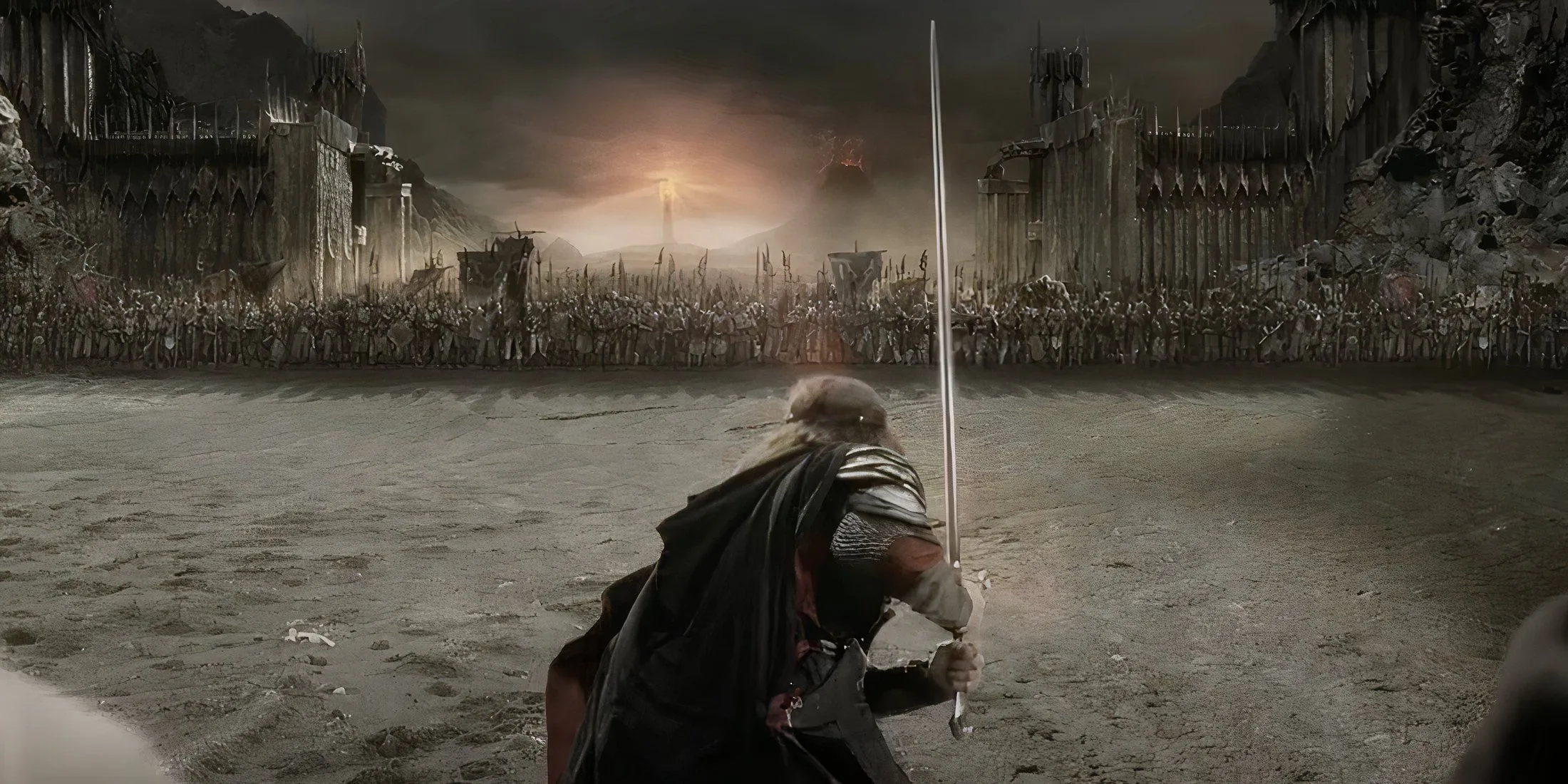
Before the 2000s, fantasy films struggled to garner mainstream appeal, often dismissed despite their literary significance. Transformative movies like The Dark Crystal and Highlander held niche followings but lacked widespread recognition. Peter Jackson’s adaptation of J.R.R. Tolkien’s work, however, changed that narrative immensely.
|
Notable 2000s Fantasy Movies and the Academy Awards |
||
|---|---|---|
|
Title |
Oscar Nominations |
Oscar Wins |
|
The Lord of the Rings: The Two Towers (2002) |
6 |
2 |
|
The Lord of the Rings: The Return of the King (2003) |
11 |
11 |
|
Pirates of the Caribbean: The Curse of the Black Pearl (2003) |
5 |
0 |
|
The Chronicles of Narnia: The Lion, the Witch and the Wardrobe (2005) |
3 |
1 |
|
Harry Potter and the Half-Blood Prince (2009) |
1 |
0 |
Jackson’s trilogy culminated in The Return of the King, which not only shattered box office expectations but also set a remarkable precedent with its 11 Academy Awards, establishing fantasy films as a legitimate genre worthy of critical acclaim. Following this success, a new wave of fantasy films emerged, exemplified by the Harry Potter series, Pirates of the Caribbean, and even Twilight—each contributing to the flourishing genre landscape.
Found Footage Opened a New Door for Horror
Paranormal Activity Picked Up the Baton from The Blair Witch Project
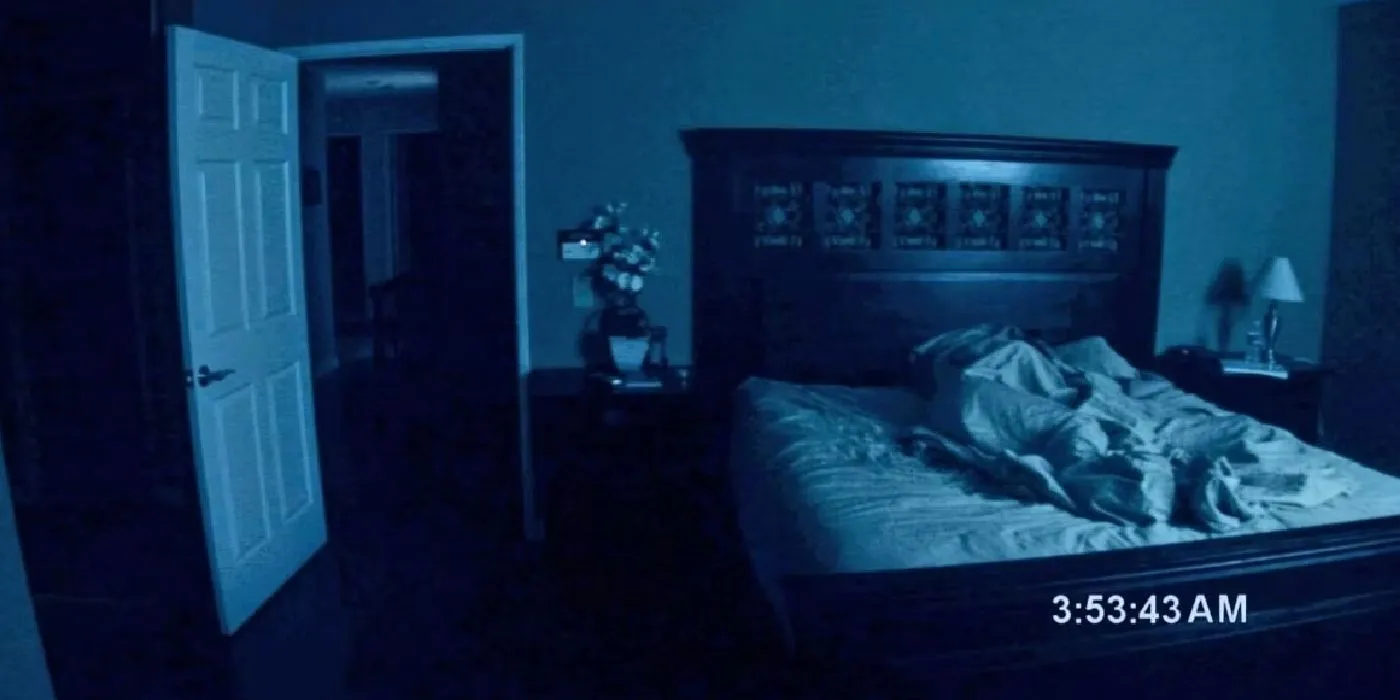
The found footage genre blossomed throughout the 2000s, largely owing to the foundation laid by The Blair Witch Project. Although the 1990s struggled to produce impactful horror films, the revival brought on by the found footage technique breathed new life into the genre. It presented a fresh avenue for storytellers, leading the way for popular films that capitalized on this format and captivated audiences with their realism.
|
Notable Found Footage Horror Movies of the 2000s |
|
|---|---|
|
Title |
Director |
|
Paranormal Activity (2007) |
Oren Peli |
|
REC (2007) |
Jaume Balagueró & Paco Plaza |
|
Cloverfield (2008) |
Matt Reeves |
|
Lake Mungo (2008) |
Joel Anderson |
|
Diary of the Dead (2008) |
George A. Romero |
Computer Animation Overtook Traditional Animation
Few Movies Are Hand-Drawn or Animated in Two Dimensions Anymore
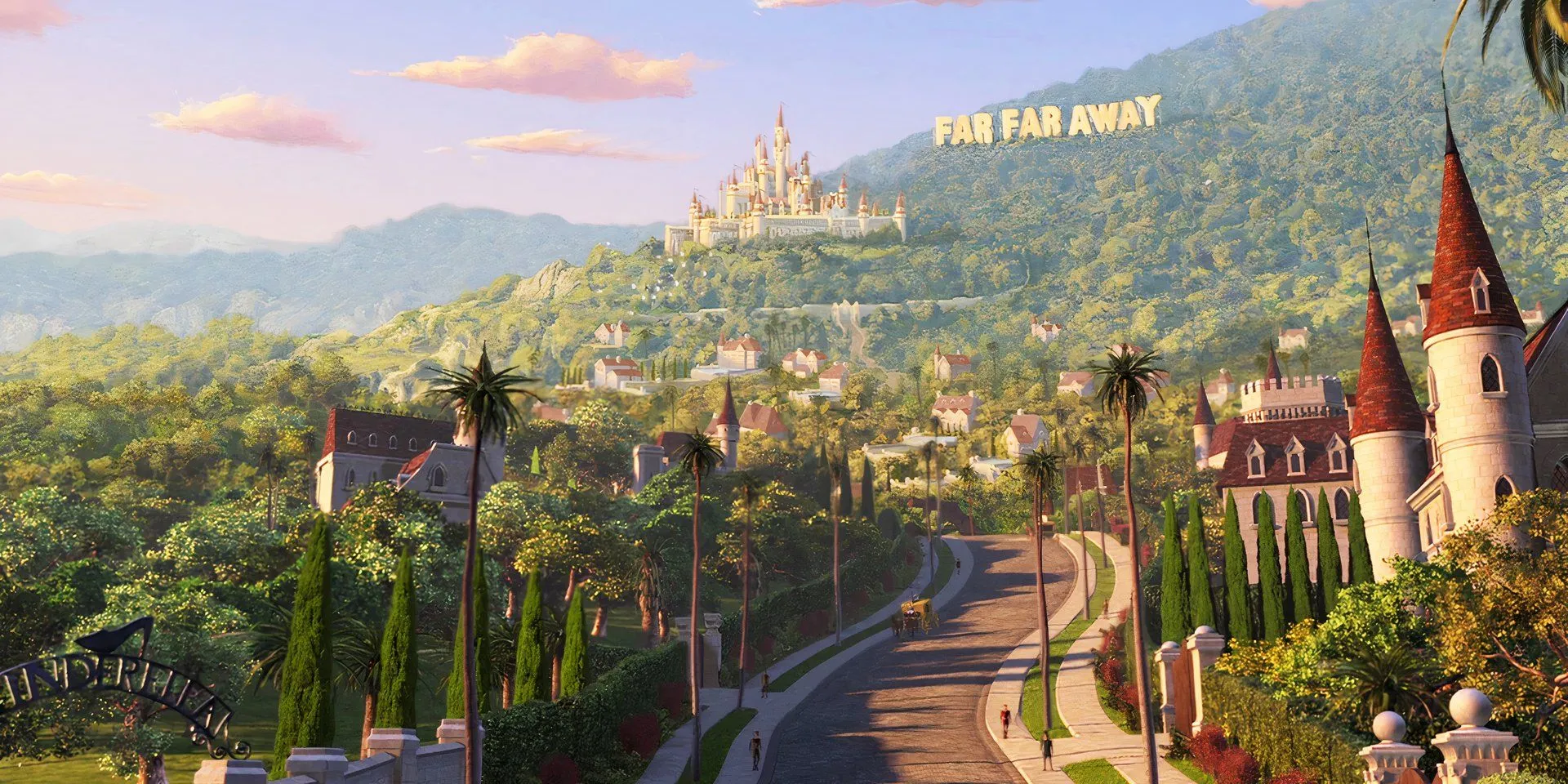
The conclusion of the Disney Renaissance in 1999 with Tarzan marked a significant shift in animated filmmaking. The advent of computer-generated animation, exemplified by Shrek—which won the first Academy Award for Best Animated Feature—revealed itself as the future of the industry. Following its success, studios embraced computer animation, leading to memorable titles like Robots, Monster House, and a myriad of Pixar masterpieces.
Less Popular Movie Categories Rose to Prominence
Non-English Language Films and Feature-Length Documentaries Rose in Popularity

The early 2000s witnessed a surging interest in non-English language films, paving the way for critical acclaim and box office success. Titles such as Crouching Tiger, Hidden Dragon, Pan’s Labyrinth, and Apocalypto showcased the potential for foreign films to garner mainstream recognition. Today, it’s not uncommon to see foreign-language films competing for Oscars, a testament to how these movies have earned their place in Hollywood.
Additionally, the decade heralded the rise of feature-length documentaries that appealed to broader audiences. Iconic documentaries like March of the Penguins, Fahrenheit 9/11, and Grizzly Man emerged during this period, laying the groundwork for later successes like Blackfish and Free Solo, which undoubtedly owe part of their triumph to the 2000s’ documentary developments.
